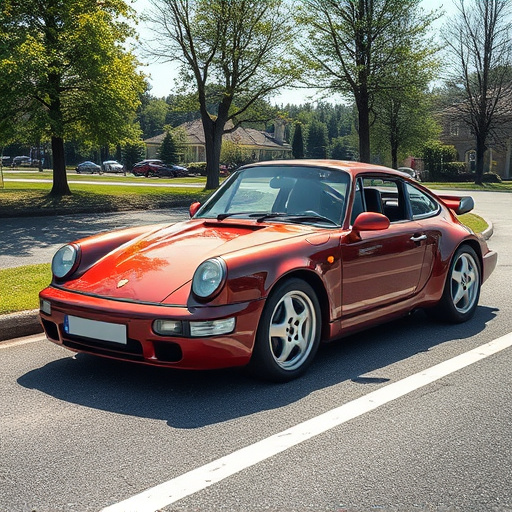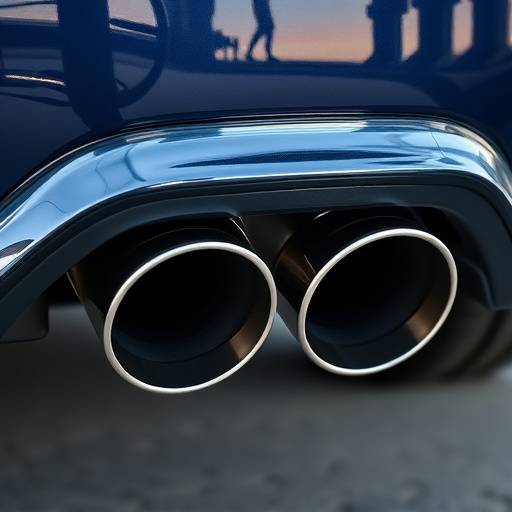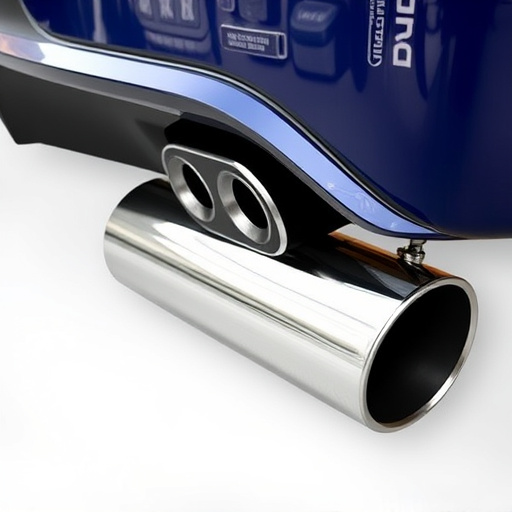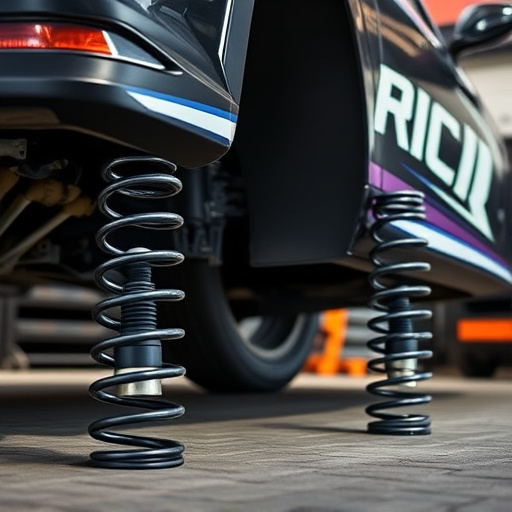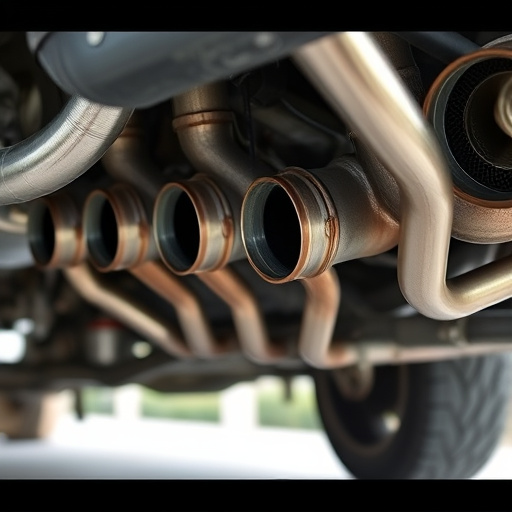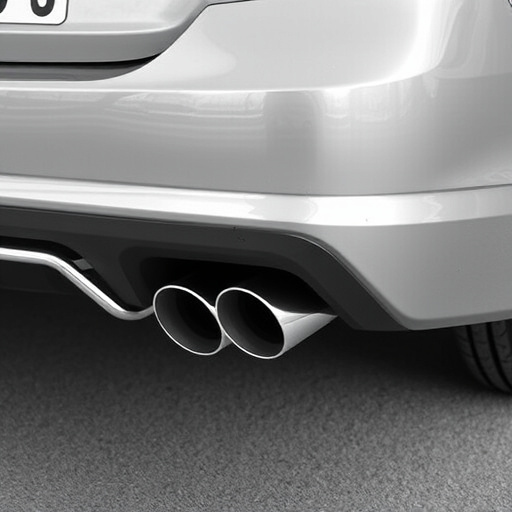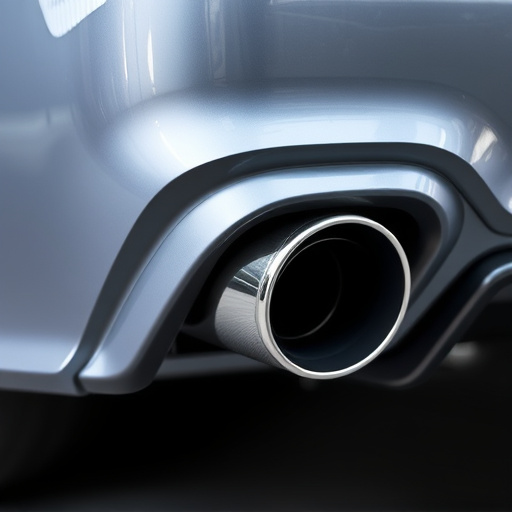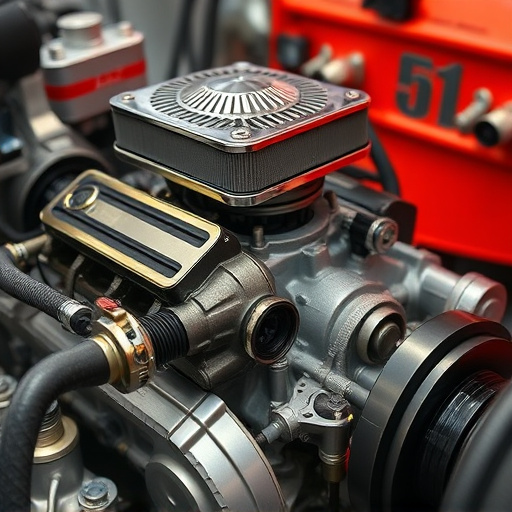The Engine Air Intake (EAI) system is vital for maximizing vehicle performance, particularly in race cars seeking speed and drivability. By optimizing factors like filter design, intake tube layout, and high-performance parts, racers can improve engine air intake efficiency, leading to enhanced acceleration, top speeds, and overall performance. Well-tuned EAI systems ensure a steady supply of cool, clean air to the engine, unlocking its full horsepower potential. Safety is paramount; use approved filters, regularly inspect and maintain the system, and follow manufacturer guidelines to avoid compromising safety, especially with critical components.
Unleash your vehicle’s hidden potential with a deeper look into engine air intake tuning, a crucial aspect often overlooked. This comprehensive guide explores how racers fine-tune this system to enhance performance. We’ll delve into the science behind engine air intake, uncover common techniques they employ, and provide essential safety practices to ensure optimal results without compromising reliability. Discover expert advice tailored for enthusiasts seeking that extra edge.
- Understanding Engine Air Intake and Its Role in Performance
- Common Tuning Techniques Recommended by Racers
- Best Practices and Safety Considerations for Air Intake Tuning
Understanding Engine Air Intake and Its Role in Performance
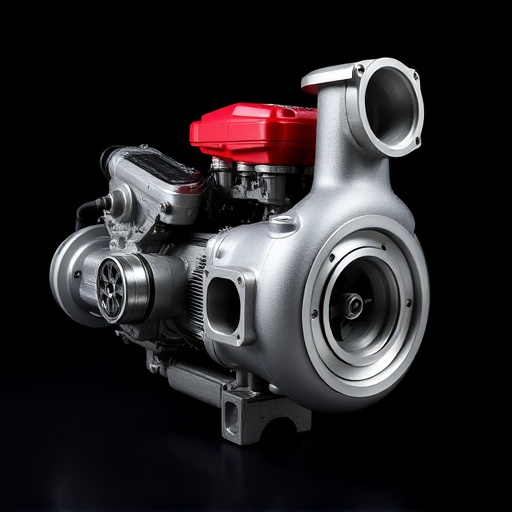
The engine air intake system is a vital component in any vehicle’s performance ecosystem. It serves as the entry point for atmospheric air into the engine, enabling efficient combustion and ultimately enhancing overall vehicle performance. This intricate system comprises several parts, including air filters, air intakes, and in some cases, a cat back exhaust, all working in harmony to optimize airflow. The quality and efficiency of this process directly impact an engine’s power output and fuel efficiency.
Racers often emphasize the importance of tuning and optimizing their vehicle’s engine air intake for peak performance. By carefully considering factors such as filter design, intake tube configuration, and even after-market high-performance parts, racers can achieve a significant improvement in acceleration, top speed, and overall drivability. A well-tuned air intake system ensures a consistent and ample supply of cool, clean air to the engine, promoting more efficient combustion and extracting the maximum potential from every horsepower.
Common Tuning Techniques Recommended by Racers
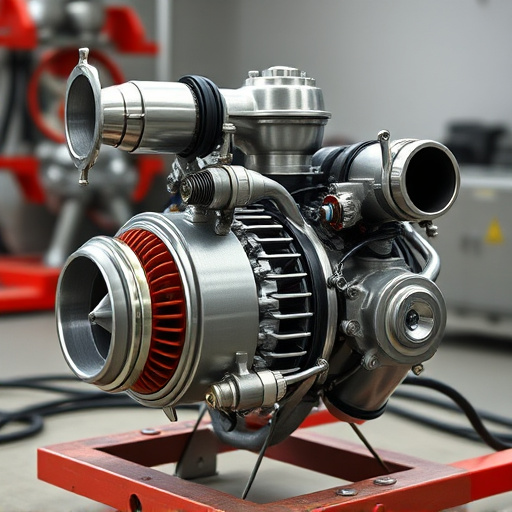
Race car drivers and engineers constantly seek ways to optimize engine air intake (EAI) systems for enhanced vehicle performance. Common tuning techniques recommended by racers include precision adjustments to air filters, airboxes, and cold air intakes. By carefully modifying these components, they can manipulate airflow, ensuring a consistent and rich supply of cool air to the engine. This simple yet effective strategy directly impacts the combustion process, resulting in increased horsepower and torque.
Additionally, racers often focus on improving intake manifold design, utilizing advanced materials for better flow characteristics. They also pay close attention to the alignment and positioning of sensors and components to minimize restrictions and maximize efficiency. These tuning methods, coupled with regular maintenance of brake rotors and other critical parts, contribute to overall vehicle stability and responsiveness during high-performance driving conditions.
Best Practices and Safety Considerations for Air Intake Tuning
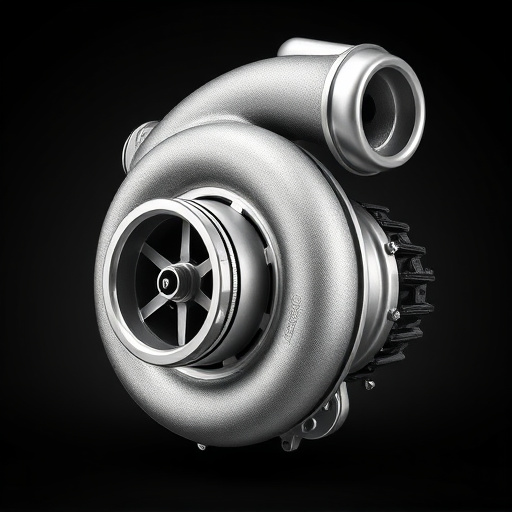
When tuning your engine’s air intake, it’s crucial to balance performance gains with safety and longevity of your vehicle’s components. Start by ensuring proper airflow metrics; inadequate or incorrect flow can lead to power loss and potential damage. Use high-quality, approved filters designed for your specific application; subpar filters may restrict airflow or harbor contaminants that could harm your engine.
Regularly inspect and maintain your air intake system, including the muffler tips and performance brakes (if applicable). Check for leaks, secure connections, and replace worn parts promptly. Remember, excessive modifications can compromise safety, especially with components like brake pads. Always follow best practices, consult manufacturer guidelines, and seek advice from experienced mechanics to ensure a safe tuning process.
Engine air intake tuning is a powerful tool for enhancing vehicle performance, as recommended by professional racers. By optimizing airflow, the right techniques can significantly improve power and efficiency. However, it’s crucial to follow best practices and safety considerations to avoid potential harm to your engine. With an informed understanding of common tuning methods and their impact, enthusiasts can safely explore the art of engine air intake tuning for optimal results.



